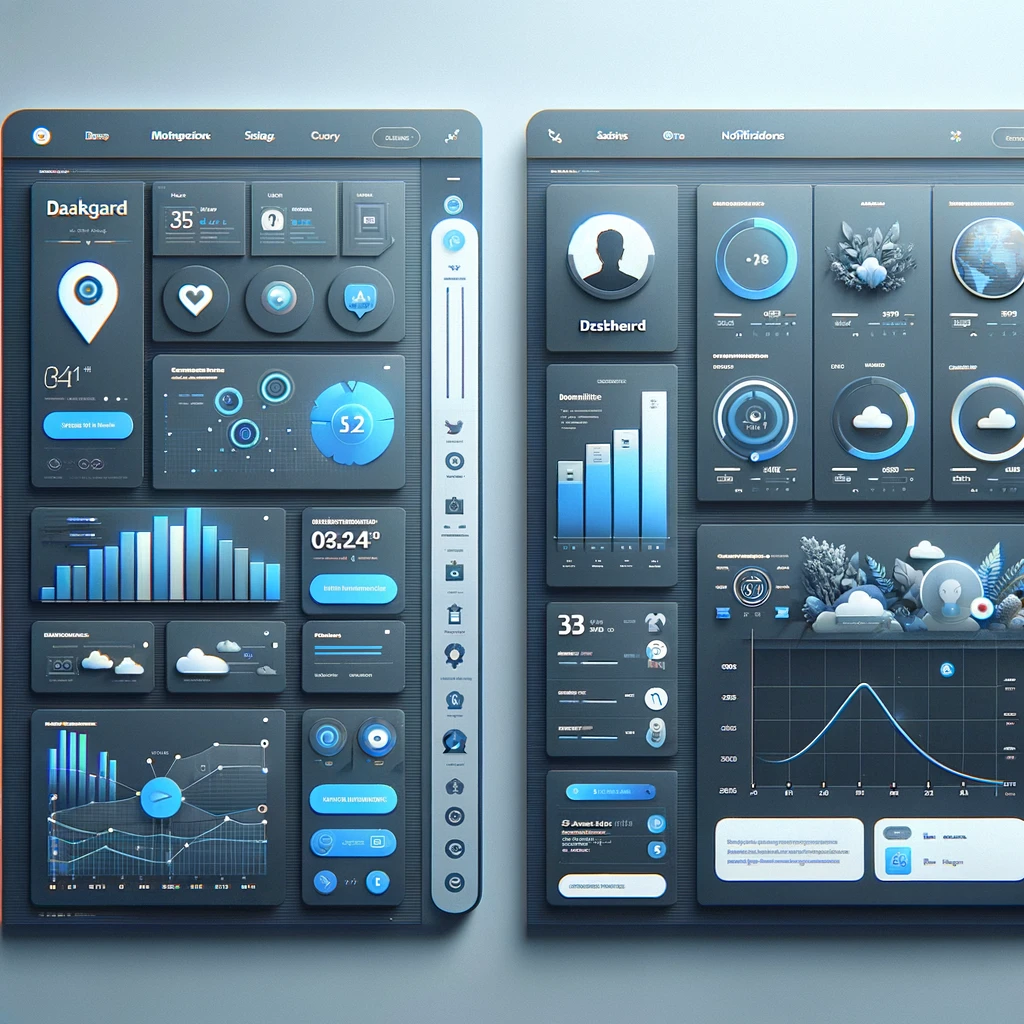Creating a Progressive Web Application (PWA) with Angular 17 that provides a user experience similar to that of an Electron app involves leveraging the capabilities of PWAs to work offline, send push notifications, and access device hardware, much like a desktop application created with Electron. Here’s a step-by-step guide on how you can achieve this:
Step 1: Setting Up Angular 17 Project
- Install Angular CLI: First, ensure you have the Angular CLI installed. If not, install it via npm:
npm install -g @angular/cli
- Create a New Angular Project: Create a new project by running:
ng new your-project-name
- Navigate to Your Project Directory:
cd your-project-name
Step 2: Adding PWA Support
Angular CLI makes it easy to add PWA support to your project.
- Add PWA Support:
ng add @angular/pwa
This command will configure your app to be a PWA by adding the service worker package along with setting up a basic manifest file and service worker configuration file.
Step 3: Customizing Your PWA
- Manifest File: Customize
src/manifest.webmanifestto change how your app appears when installed on a device. This includes changing the name, icons, and start URL. - Service Worker Configuration: Edit
ngsw-config.jsonto specify caching behaviors and app data updates. This is crucial for offline functionality.
Step 4: Testing Your PWA
- Build Your App:
ng build --prod
- Serve Your App: Since service workers require a server, you can use
http-serveror similar tools to serve your production build:
npm install -g http-server http-server -p 8080 -c-1 dist/your-project-name
- Test Offline Capabilities: Ensure your app works offline by testing it in your browser. You can simulate offline mode in Chrome DevTools under the Network tab.
Step 5: Enhancing Your PWA to Feel Like an Electron App
To make your Angular PWA feel more like an Electron app, focus on the following areas:
- Native-like Features: Use modern web APIs to add native-like capabilities (e.g., file system access, notifications).
- Performance Optimization: Ensure your app is fast and responsive. This includes optimizing assets, lazy loading modules, and implementing an effective caching strategy.
- Desktop Integration: For a more integrated experience, consider creating a shell application that wraps your PWA using tools like Tauri or Electron itself, but this somewhat defeats the purpose of using PWA for simplicity and cross-platform compatibility.
Step 6: Deployment
Deploy your PWA on a server with HTTPS enabled. PWAs require HTTPS (except on localhost) for service workers to function.
Additional Tips
- Push Notifications: Implement push notifications to engage users. This requires setting up a backend or using a service like Firebase.
- Accessibility and Mobile Responsiveness: Ensure your app is accessible and responsive on all devices.
By following these steps, you can create an Angular 17 PWA that offers a user experience close to that of an Electron app, taking advantage of the web platform’s capabilities to deliver a cross-platform, installable application.
